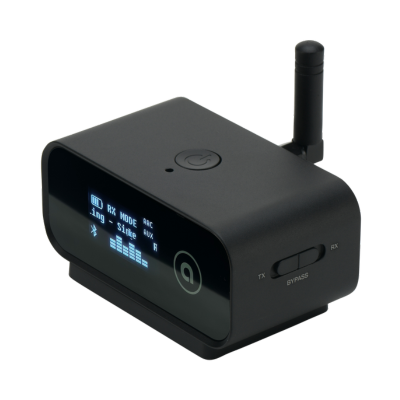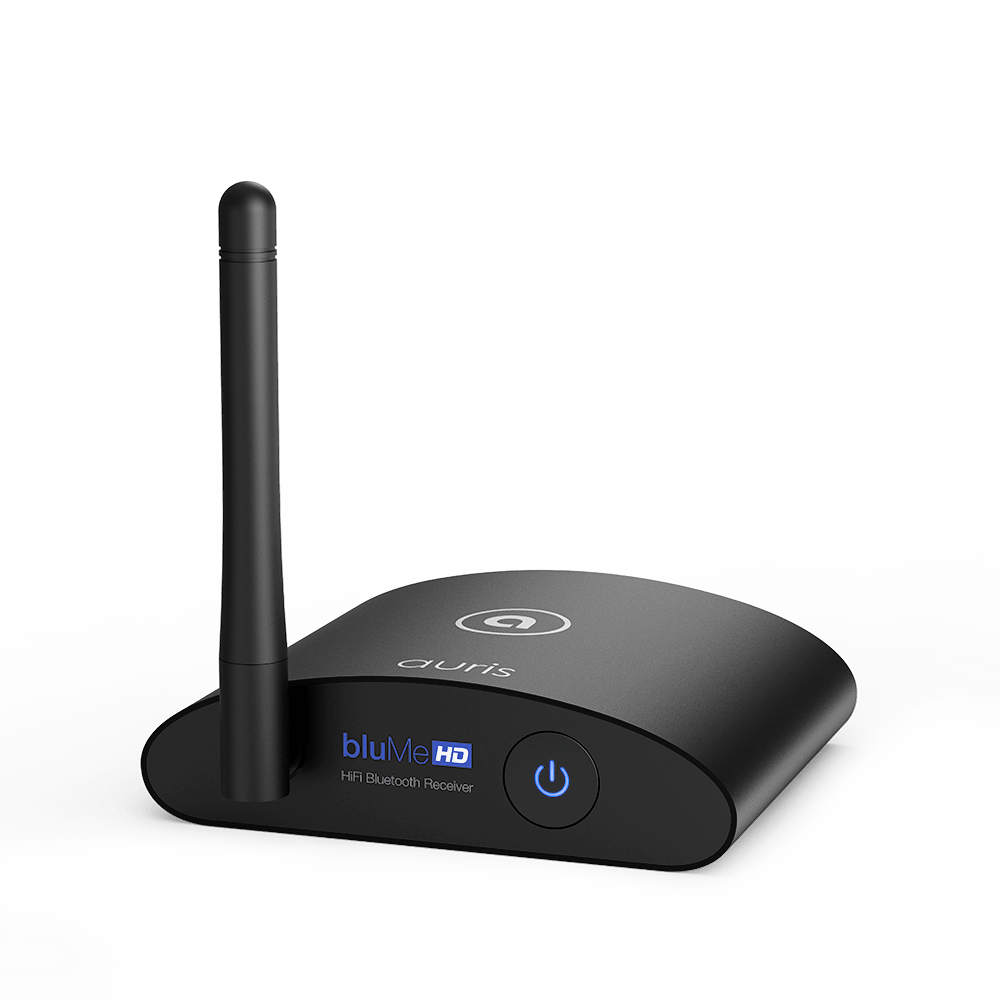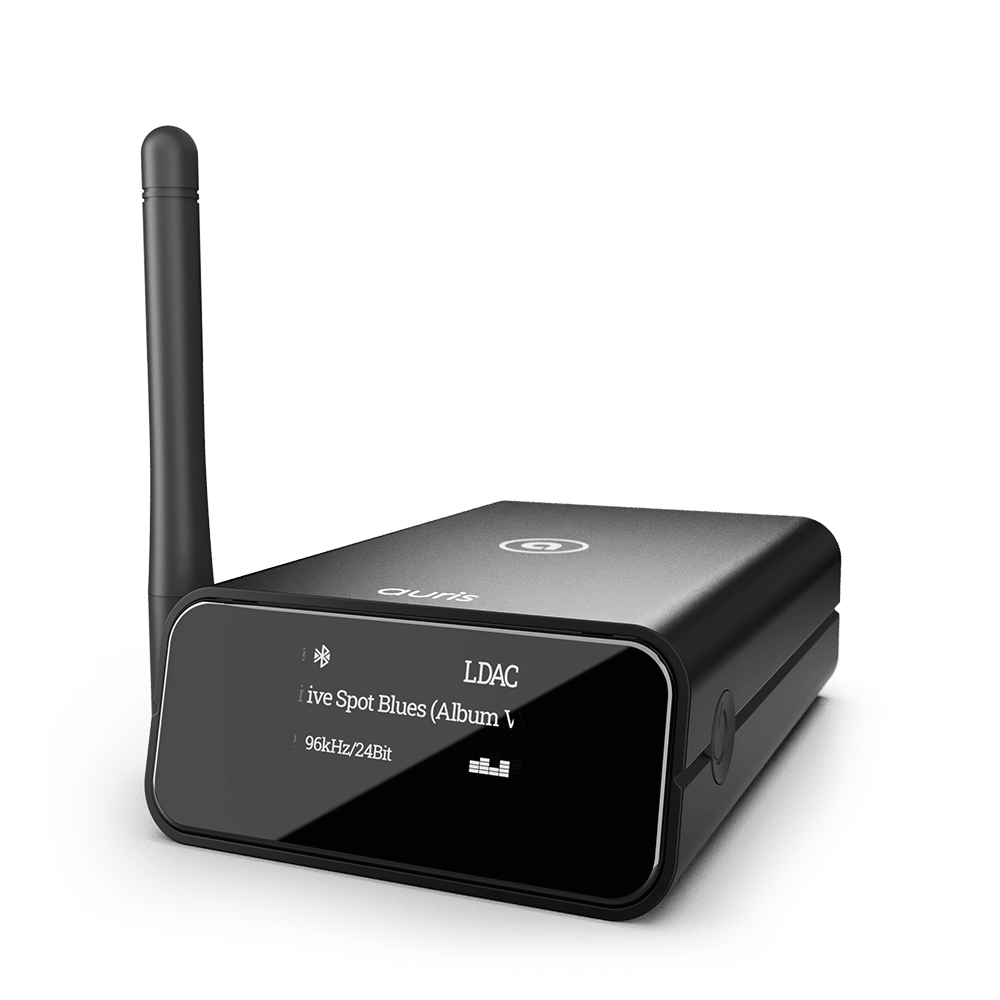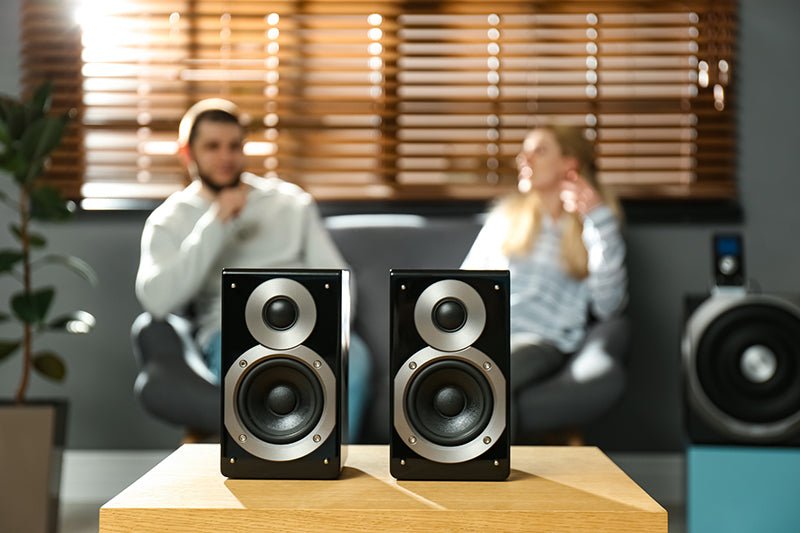
Listening to music wirelessly and utilizing hands-free voice assistants are some of the greatest luxuries of Bluetooth technology. Bluetooth has changed the way we view the world -- mostly for the better.
The technology is amazing, but it isn’t without flaws. In those times when our sounds lessen in quality, glitch, or disconnect completely, it can be easy to yearn for a world filled with wires.
So what exactly causes Bluetooth to disconnect when we leave a room or walk too far away? Let’s take a look at why sometimes Bluetooth works and sometimes it doesn’t.
How Does Bluetooth Work?
Before talking about what causes Bluetooth to disconnect, it’s important to have a basic understanding of why it connects. Devices that use wireless streaming are managed using a radio frequency known as “star topology.” When a group of devices is organized in this fashion, it creates something called a piconet.
Within a piconet is a master device (probably your phone or a laptop) that can control the “slave devices” (your speakers, headphones, or smart lights) within its network. These all share the same radio frequency and are able to communicate over specific wavelengths. This frequency is determined by the master device.
Through this frequency, the devices send each other information blocks called “packets,” which can contain synchronous and asynchronous data, such as changing songs or printing a file.
It sounds a bit confusing, but it’s important to know that since this data travels in waves instead of through a wired connection, it makes them susceptible to certain forces that might cause a disconnection.
What Factors Might Cause Bluetooth to Disconnect?
There are a number of reasons why your headset or speakers might disconnect from a master device, such as your phone.
Range
Perhaps one of the most common reasons for Bluetooth connections to cease is related to the range between a master and slave device within the network. Unlike wi-fi, which operates on the universal internet network, Bluetooth devices must be within proximity of one another to work with each other.
While the earliest version of Bluetooth only had a range of about ten meters, the newest update has drastically increased its range all the way up to about 250m. However, this doesn’t mean that the compatible peripherals can support a distance of that length. Most wireless headsets max out at around ten meters, or 32 feet.
Also, keep in mind that walls and physical obstacles can affect the wireless range. This is called path loss, and it occurs naturally within the environment. With that said, radio waves can still pass through walls; it just might weaken the signal overall.
If your Bluetooth device cuts out, one of the first things you can try is to move the master and slave devices closer to one another because it’s possible that the only problem was an extended range.
Interference From Another Device
Bluetooth uses a 2.4GHz radio frequency to communicate with other devices in its piconet. But problems arise when other devices are utilizing this same frequency. In fact, your wi-fi might actually be the culprit behind your sudden loss of Bluetooth connection.
Wi-fi uses the same 2.4GHz frequency as your Bluetooth devices. This means that it’s not impossible for a wi-fi signal to intersect with a wireless Bluetooth signal and cause the connection to cut out.
With that said, this should be relatively rare in theory. This is because Bluetooth devices use something called “frequency hopping,” meaning they jump through about 70 different frequencies within their range about 1,600 times a second. This makes it unlikely that two devices would ever share the same frequency.
Still, it happens. If you suspect that this might be the reason you’re losing connection, you can try moving Bluetooth devices away from your wireless router to the best of your ability. If that still didn’t seem to help, you can restart your router, allowing it to search for a new channel.
You also could look for devices with high interference tolerance, as these are specifically designed to combat against other signals that might obstruct a signal.
Also, keep in mind that some Bluetooth devices only support one connection at a time. If this is the case, it will favor a priority device. So, you might lose connection to your wireless speaker if someone else in your home has priority and tries to connect instead. Priority devices are usually the first ones to have connected to a peripheral right out of the box.
You can buy certain transmitters that will allow for dual connection, allowing two people to listen to the same songs or shows from just one device.
Compatibility
Bluetooth gadgets must all speak a common language in order to function correctly. The good news is that Bluetooth is backwards compatible, meaning that even if your phone is updated to the newest Bluetooth 5.0, it should still be able to communicate with a headset that still uses version 2.0.
The exception is a low energy version of Bluetooth called “Bluetooth Smart,” which operates on a different wireless protocol. This means that if you have an older phone that’s stuck on Bluetooth 4.2, it won’t be able to pair with a Bluetooth Smart device.
This might be the reason that you’re losing connection or not even able to connect in the first place. Check device specifications before your purchase new peripherals just to be safe.
Low Battery
While this might seem obvious, you’d be surprised at how often Bluetooth connections fail just because of low battery in the compatible device. Some devices will weaken their signal range or quality to extend battery life if it becomes low.
Change your batteries or charge Bluetooth devices when you go to sleep so that they are always ready during the day.
Quality
The quality of a Bluetooth device is another important factor to keep in mind if you are noticing frequent disconnections. Not only can the quality affect the range and interference of a device, but it can also affect the way the product functions.
Most Bluetooth devices use an audio codec called SBC, or Sub-band Coding. This is a default codec for all Bluetooth devices. While it works great, it can experience a latency and lower sound quality when compared to other codecs.
AptX is a high-quality codec that eliminates latency and improves the audio output when compared to SBC. AptX compatible devices won’t be as prone to disconnection and will provide an overall higher caliber listening experience.
Bluetooth vs Wired Connections
Although wired systems are becoming fairly obsolete, they do have the benefit of being immune to most of the problems associated with Bluetooth. Not to mention, an analog or digital system tends to have a higher quality sound compared to wireless.
However, Bluetooth really does make everything so easy. Being able to control multiple devices at the same time with just the tap of a screen is pretty amazing. You can get the best of wired and Bluetooth connections by getting a transmitter or receiver, which can help to make your wired devices wirelessly compatible.
In Conclusion
Bluetooth has changed our lives for the better, but sometimes it doesn’t feel like it when we can’t seem to keep a strong signal. There are a few reasons why this might be happening, and most are simple fixes.
Range and interference are the two most likely culprits. Check to make sure all devices are within range and restart them to ensure that they find a new channel to broadcast their frequency.
It could also be the compatibility or the quality of the product. Check specifications beforehand and make sure that your devices are backwards compatible with one another should they be operating on different versions.
Unlike wired connections, Bluetooth connections can never wear down or break due to usual usage. This means that you can usually troubleshoot problems very easily, letting you get back to your favorite tunes as fast as possible.
Sources:
Network Troubleshooting and Resource Site for School IT Staff | Star Topology
What is WiFi and How Does it Work? | CCM
What is Bluetooth? A beginner's guide to the technology | Business Insider




